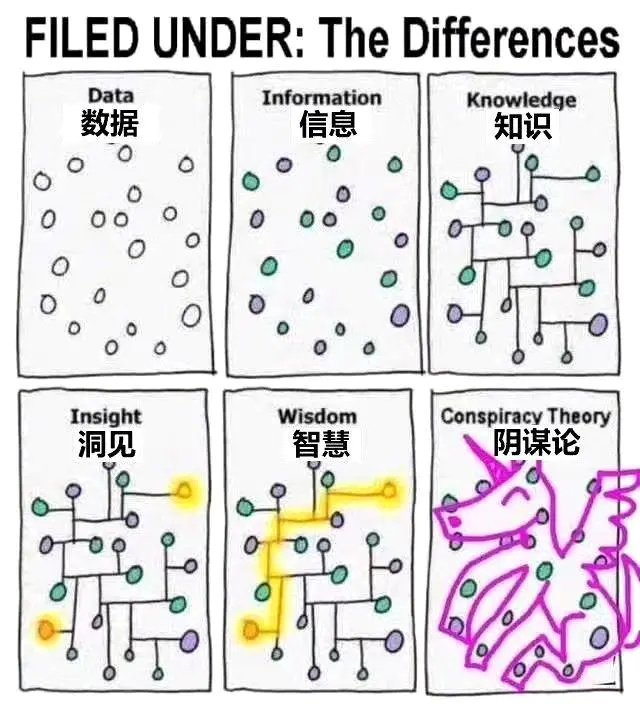Iterative Bilingual Writing in Chinese and English

Why Write a Blog?
On social media, I have many fragmented comments and thoughts that are very scattered. I need to use blogging to connect these dots. At the same time, I want to practice bilingual writing in Chinese and English with the help of LLMs. I know my writing and expression skills are average, and my thinking is not very rigorous. However, these do not matter. What’s important is to be brave in expressing oneself, to write first and then revise, continuously refining for clearer expression, just like software development, constantly improving through continuous iteration.
Why Add English Writing?
I practice my English learning philosophy of learning by using. Writing an English blog helps achieve deep English reading because you are the one who will continually review your blog content. With each revision of the article, your English level will improve.
Why was the “New Concept English” series once considered a classic? Because quality English textbooks were scarce back then. In the age of AI, there’s no need to read those substandard graded readers or outdated textbooks. Quality English reading materials are no longer scarce; any content, including your blog, can be converted into quality English reading materials through LLMs.
What is scarce is your attention. The first principle of blogging is to write what you want to write because only then will you have the attention for it.
How to Write Bilingually in Chinese and English?
Iterative Process
- Draft Writing: Write the content completely in Chinese without too many interruptions.
- Preliminary Revision: After writing, make initial revisions to the Chinese content.
- Translate to English: Submit the revised Chinese content to large language models (LLMs) for translation into English.
- Review the English Version: Since it is your own content, the English version is relatively easy to understand. Review the English content and you might find some minor issues.
- Revise Problematic Sentences: For problematic sentences, add some context to help LLMs understand and translate again.
- Optimize the Chinese Version: After reviewing the English version, you will find that the English expression is much clearer than the Chinese because it introduces many prepositions to express relationships. Use the English to clarify the expression in the Chinese version, thus completing an iteration.
- Continuous Iteration: Continuously iterate and optimize the article over a longer period, aiming for clearer, more accurate, and logical expression. For example, after completing an iteration, continue to modify the article with prompts from social media.
Translation Prompt
You are a professional English translator. I'll send you Chinese content, please translate it into English.
Requirements:
- Correct any grammatical errors in the original content before translating it.
- The English version should use a concise, direct and clear writing style.
- The content may use markdown format, please keep the format as it is.
Respond only with the translated content.Writing Platforms
The purpose of using a platform for writing is to facilitate content modification, publicly share links, and have the browser read the English version of the blog aloud. The Edge browser app and the Baidu app on mobile both have webpage reading features. For those with technical skills, you can use ChatTTS or Microsoft TTS to synthesize more human-like audio.
Self-Hosting
This blog uses Hugo to generate static web pages for hosting, and supports multiple languages, with a certain technical threshold.
Blog Platforms
Overseas Platforms
-
Blogger: Free, closely integrated with the Google ecosystem, easy to use.
-
Substack: Focuses on email newsletters and subscription models, supports paid content.
-
Notion: Multi-functional note and document management tool that can be used as a blogging platform, supports multimedia content.
-
Medium: Simple user interface, strong social sharing features, and an in-built readership.
Chinese Platforms
- Feishu
- Tencent Docs
- Shimo Docs
- Yuque
- Zhihu Column
- Douban Diary
- JianShu
Recommended LLMs
LLMs are large language models, and popular LLMs have quite good translation capabilities. Personal subjective recommendations are:
- Claude
- ChatGPT-4
- Tongyi
Reference Articles
Everyone Can Write English Blogs
A Common Translation Prompt for Different Languages
Leave a comment on Twitter to discuss
迭代式中英双语写作 https://t.co/2E5jGG9bWv
— lemonTree🍋 (@nodotbtree) July 18, 2024